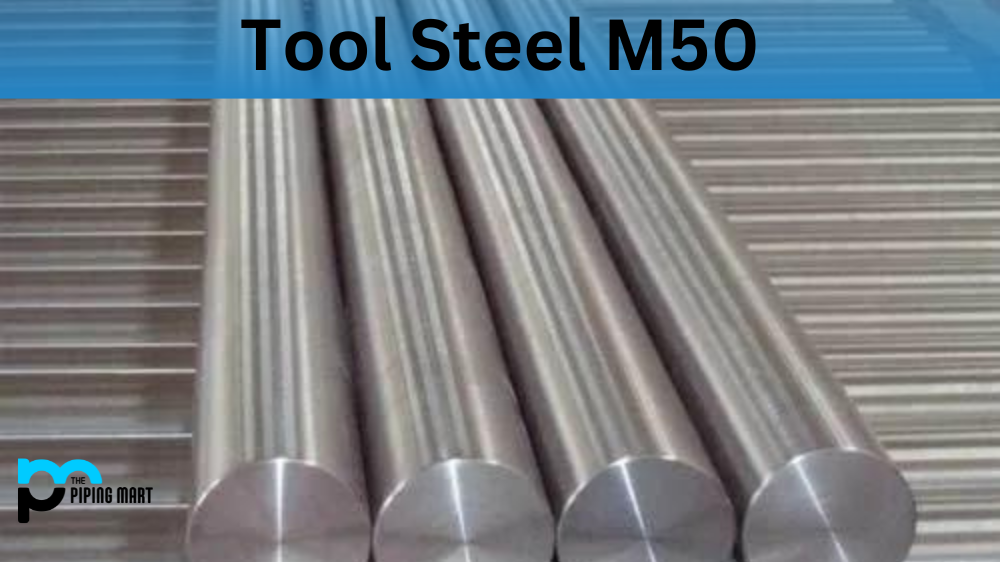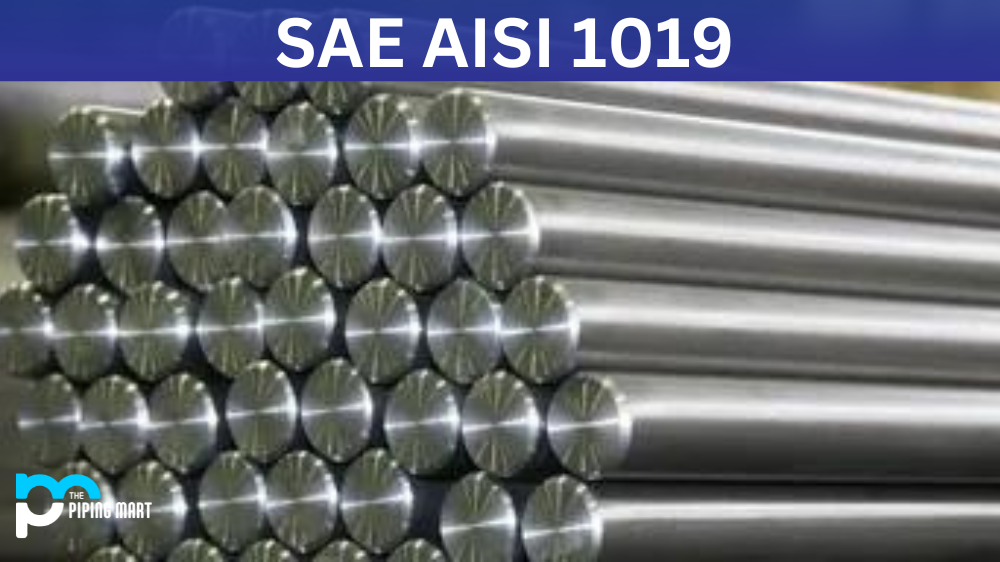UNS C70600, commonly known as Copper Nickel 90/10, is a popular material used in various industries because of its excellent corrosion resistance, high flexibility, and good thermal conductivity. This blog will explore the composition, physical and mechanical properties, uses, hardness, heat treatment, welding, and corrosion resistance of UNS C70600. So, let’s dive right into it!
C70600 Composition
UNS C70600 is a copper-nickel alloy containing 90% copper and 10% nickel. It also has small amounts of iron and manganese, which improve its strength and corrosion resistance. Adding nickel enhances seawater corrosion and biofouling resistance, making it an ideal material for marine applications.
| Element | Content (%) |
|---|---|
| Cu | 88.7 |
| Fe | 13 |
| Ni | 10 |
C70600 Physical Properties
UNS C70600 has a density of 8.94 g/cm3 and a melting point of 1,170°C. It has a specific heat capacity of 377 J/Kg-K and a thermal conductivity of 29 W/m-K. Its electrical conductivity is 5% IACS (International Annealed Copper Standard).
| Properties | Metric | Imperial |
|---|---|---|
| Density | 8.94 g/cm3 | 0.323 lb/in³ |
C70600 Mechanical Properties
UNS C70600 has excellent ductility and malleability. Its ultimate tensile strength is 310 MPa, and its yield strength is 110 MPa. Its elongation at break is 40%, making it suitable for forming and bending operations.
| Properties | Metric | Imperial |
|---|---|---|
| Tensile strength | 303-414 MPa | 43900-60000 psi |
| Yield strength (depending on temper) | 110-393 MPa | 16000-57000 psi |
| Elongation at break (in 254 mm) | 42% | 42% |
| Elastic modulus | 117 GPa | 17000 ksi |
| Poisson’s ratio | 0.34 | 0.34 |
| Machinability (UNS C36000 (free-cutting brass) = 100) | 20 | 20 |
| Shear modulus | 52.0 GPa | 7540 ksi |
C70600 Equivalents
| ASME SB111 | ASME SB171 | ASME SB359 | ASME SB395 |
| ASME SB466 | ASME SB467 | ASME SB543 | ASTM B111 |
| ASTM B151 | ASTM B122 | ASTM B171 | ASTM B359 |
| ASTM B395 | ASTM B432 | ASTM B466 | ASTM B469 |
| ASTM B543 | ASTM B608 | DIN 2.0872 | MIL C-15726 |
| MIL T-15005 | MIL T-16420 | MIL T-22214 | SAE J461 |
| SAE J463 |
C70600 Uses
UNS C70600 has many applications, including seawater pipelines, heat exchangers, condensers, valves, fittings, and pumps. It is also used in power plants, desalination plants, and offshore structures. The material’s excellent resistance to biofouling and corrosion in seawater makes it ideal for marine applications such as shipbuilding, underwater engineering, and desalination equipment.
C70600 Hardness
UNS C70600 has a Rockwell hardness of B75. Its softness allows easy fabrication and machining, making it a popular choice for complex components and structures.
C70600 Heat Treatment
UNS C70600 does not require heat treatment. The material can be annealed at 650°C for an hour to improve its machinability and formability. However, if heated above 800°C, the material can form a brittle phase that reduces its mechanical properties.
C70600 Welding
UNS C70600 can be welded using welding techniques such as TIG (Tungsten Inert Gas), MIG (Metal Inert Gas), and submerged arc welding. However, using Cu-Ni filler metals with more than 60% nickel content is recommended for better mechanical properties and corrosion resistance.
C70600 Corrosion Resistant
UNS C70600 is renowned for its excellent resistance to corrosion in seawater, brine solutions, and other aggressive chemical environments. It has a low biofouling rate, meaning it does not support marine organism growth on its surface. The material also has excellent resistance to stress corrosion cracking, making it ideal for long-term service in marine environments.
Conclusion
UNS C70600 is a versatile material with various applications in various industries. Its excellent resistance to corrosion, high ductility, and good thermal conductivity make it an ideal choice for marine, chemical, and power generation applications. With proper welding techniques and maintenance, the material can offer reliable service in harsh environments for many years.

Hey, I’m Krutik, a casual blogger expert in the metal industry. I am passionate about providing valuable information to my readers. With a background in engineering and construction, I like playing Cricket & watching Netflix shows in my free time. Thank you for visiting my blog, and I hope you find my information helpful!




